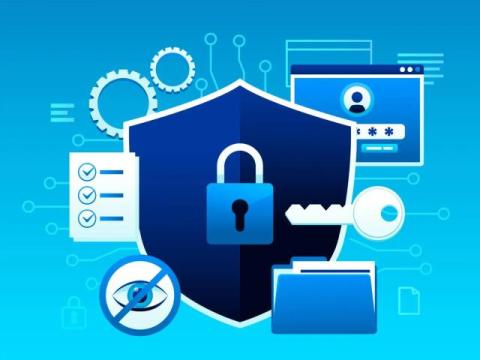From ChatGPT to Temu: ranking top Internet services in 2024
Since the late 1990s, millions have relied on the Internet for searching, communicating, shopping, and working, though 2.6 billion people (about 31% of the global population) still lack Internet access. Over the years, use of the Internet has evolved from email and static sites to social media, streaming, e-commerce, cloud tools, and more recently AI chatbots, reflecting its constant adaptation to users' needs.











